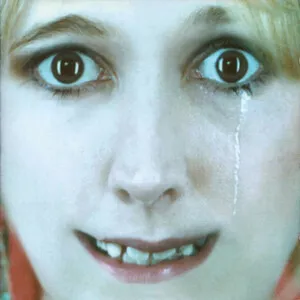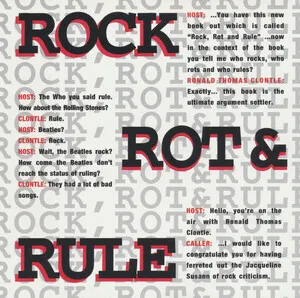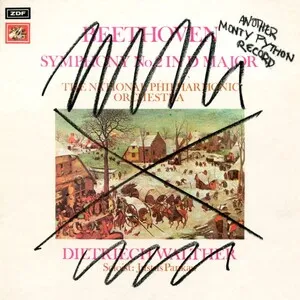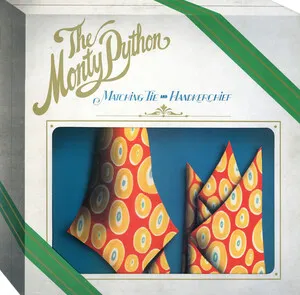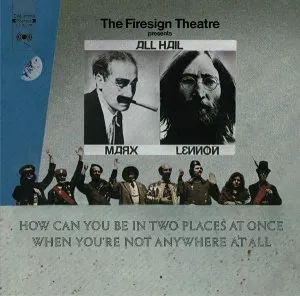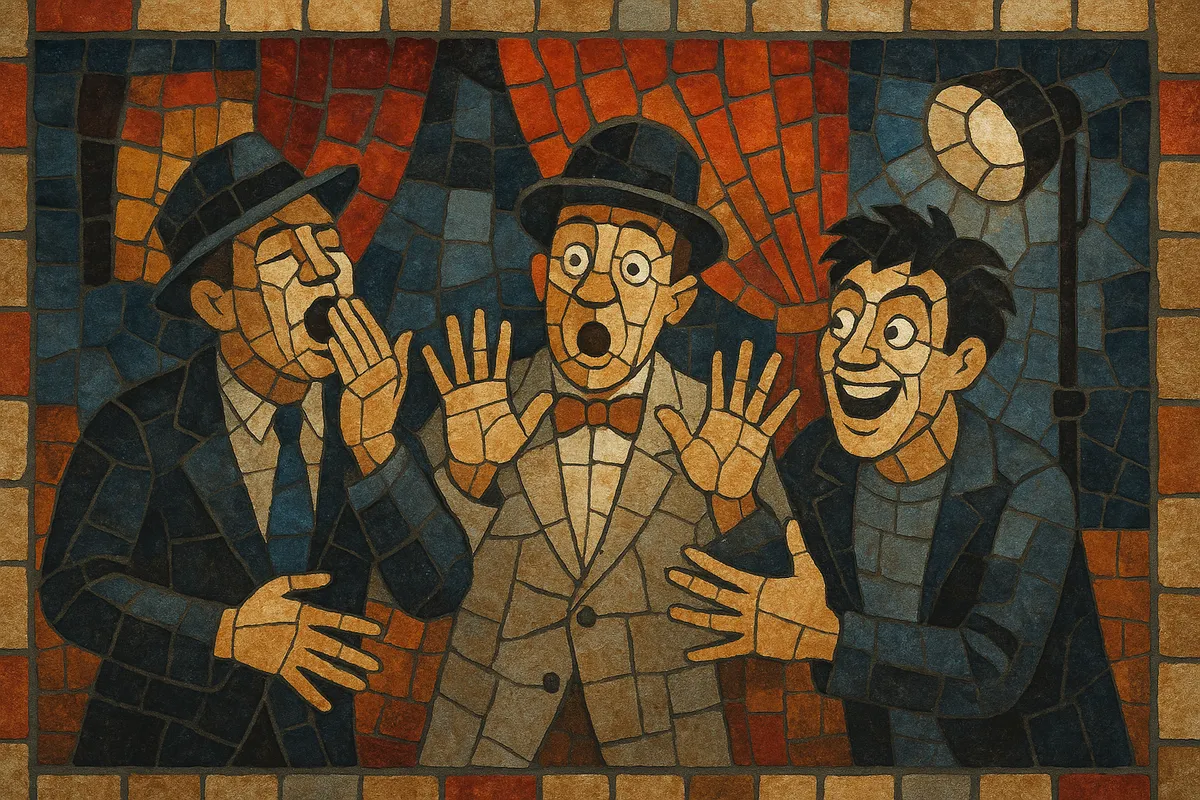
Sketch comedy is a performance-based audio genre built around short, scripted comedic scenes featuring distinct characters, clear premises, and punchy twists. Rather than a continuous narrative, it presents self-contained bits that showcase heightened situations, wordplay, and rapid-fire timing.
On record and radio, sketch comedy relies on dialogue-driven humor supported by sound design: stings, foley, crowd cues, and music bumpers. Its format favors memorable catchphrases, escalating stakes, and callbacks that reward attentive listeners. The result is a fast-moving mix of satire, absurdism, and character-driven jokes designed for laugh-per-minute impact.
Sketch comedy traces its roots to late-19th and early-20th-century variety stages, where vaudeville (US) and music hall (UK) offered short comic turns, character monologues, and rapid scene changes. These formats established the template: brief, premise-forward bits with tight timing and clear punchlines.
With radio’s rise, sketch comedy found a natural medium. Writing rooms adapted stage bits for microphones, foregrounding witty dialogue and sonic cues. Duos and ensembles developed recurring characters and catchphrases to anchor audiences week to week. Foley and musical stings became crucial tools for setting scenes instantly.
Comedy LPs and radio specials expanded sketch beyond weekly broadcasts. Ensembles pushed surrealism, fast edits, and meta-humor, while satirical sketches targeted politics and pop culture. The album format encouraged tighter editing, denser joke-per-minute ratios, and sophisticated sound collages that rewarded repeat listens.
Television elevated sketch’s visibility, but audio releases and live albums persisted. Institutions and troupes repackaged stage and broadcast sketches onto records, while radio-origin shows migrated to screen and back to audio specials. The craft of sketch writing—premise, escalation, tags—remained the backbone across media.
Online platforms and podcasts revived audio-first sketch, enabling boutique production with layered sound design and serialized characters. Short-form video accelerated premise clarity and tag timing, while audio sketches continued to thrive in podcast anthologies and live-to-tape performances. The tradition remains a training ground for comic writers, actors, and sound designers.

